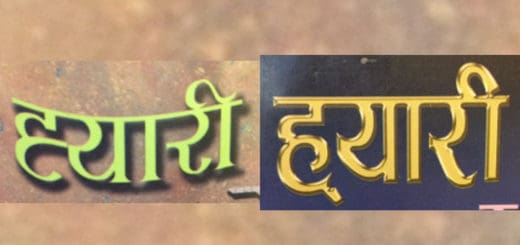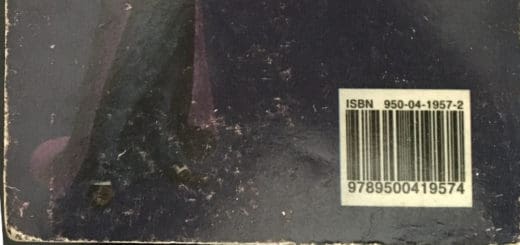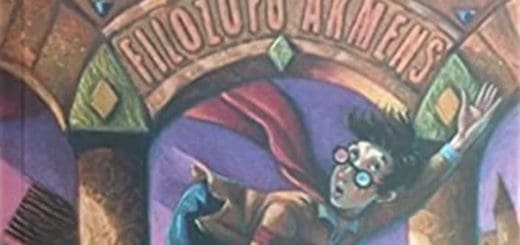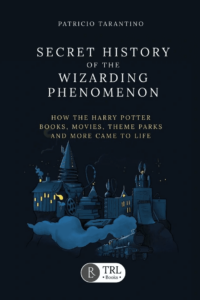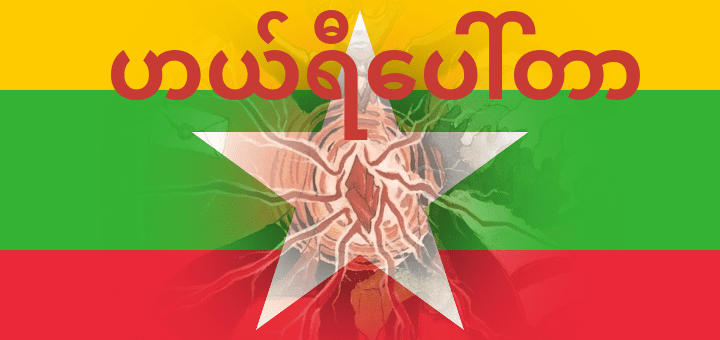 Harry Potter and the Myanmar Market (Part 1)
Harry Potter and the Myanmar Market (Part 1)
Documenting Harry Potter translations is a veritable treasure hunt that always seems to have a surprise around the corner. With no comprehensive or authoritative sources, one relies on a network of friends, fans and native speakers to serendipitously point out what’s been overlooked. It’s next to impossible to know what lies just a web-search away until you have some clue as to where to look: a title, or even just a language.
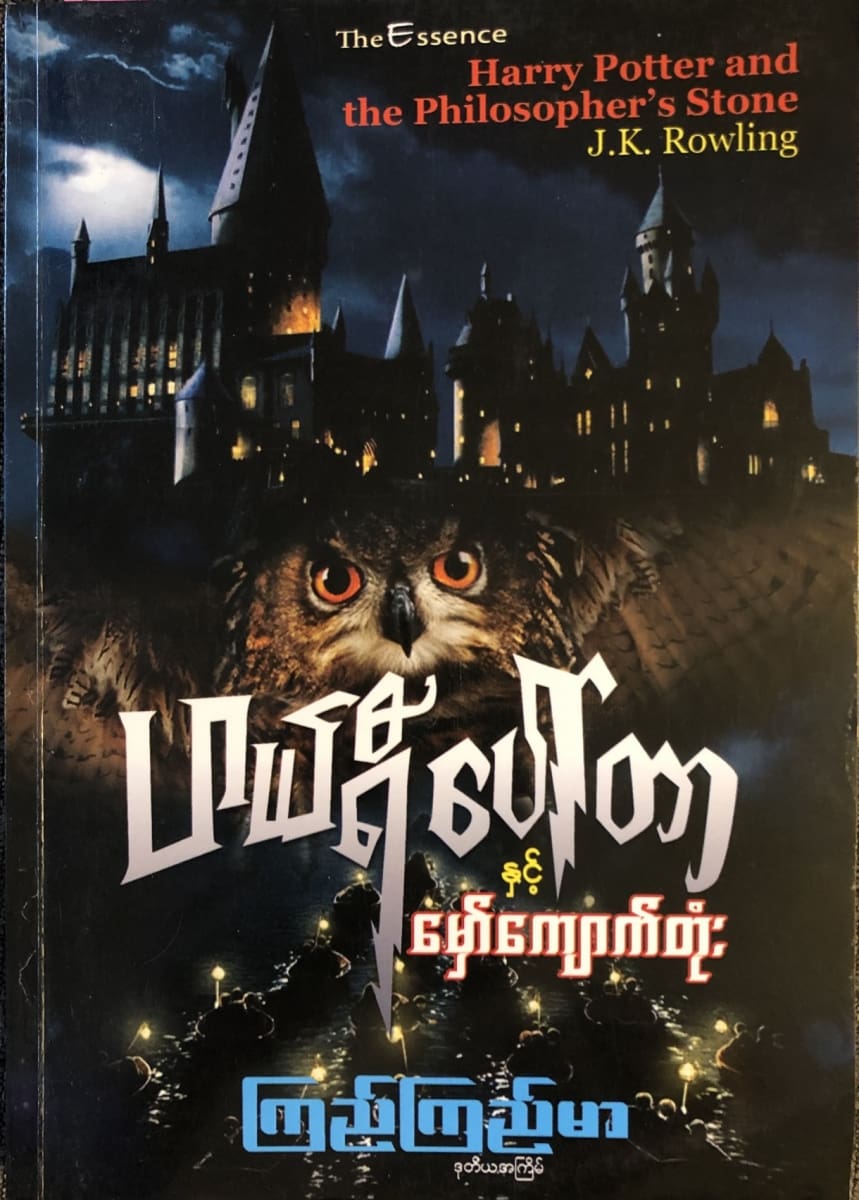
Last summer, @knockturnerik and @mcallister_alaskagrown turned up a mother-lode of overlooked Myanmar (aka Burmese) translations—two decades worth—and the Myanmar market of Harry Potter translations appears to be unique in the world. Today, you can find three different professionally translated Philosopher’s Stone translations all for sale in the same bookstore, two of which are from the same publisher! There is nothing unusual about competing translations; however, usually they are either not concurrent (for example, in languages like Romanian where the books were translated twice, the first went out of print before the second was available) or an unauthorized translation was preceded or was preferred over the the authorized translation (Russian, Mongolian). When an alternative is available, often it hasn’t been professionally published (even if it has been professionally translated, Urdu for example) and is available for free online. I can’t think of another example in which multiple competing translations are published and for sale at the same time, let alone by the same publisher or available in the same stores.
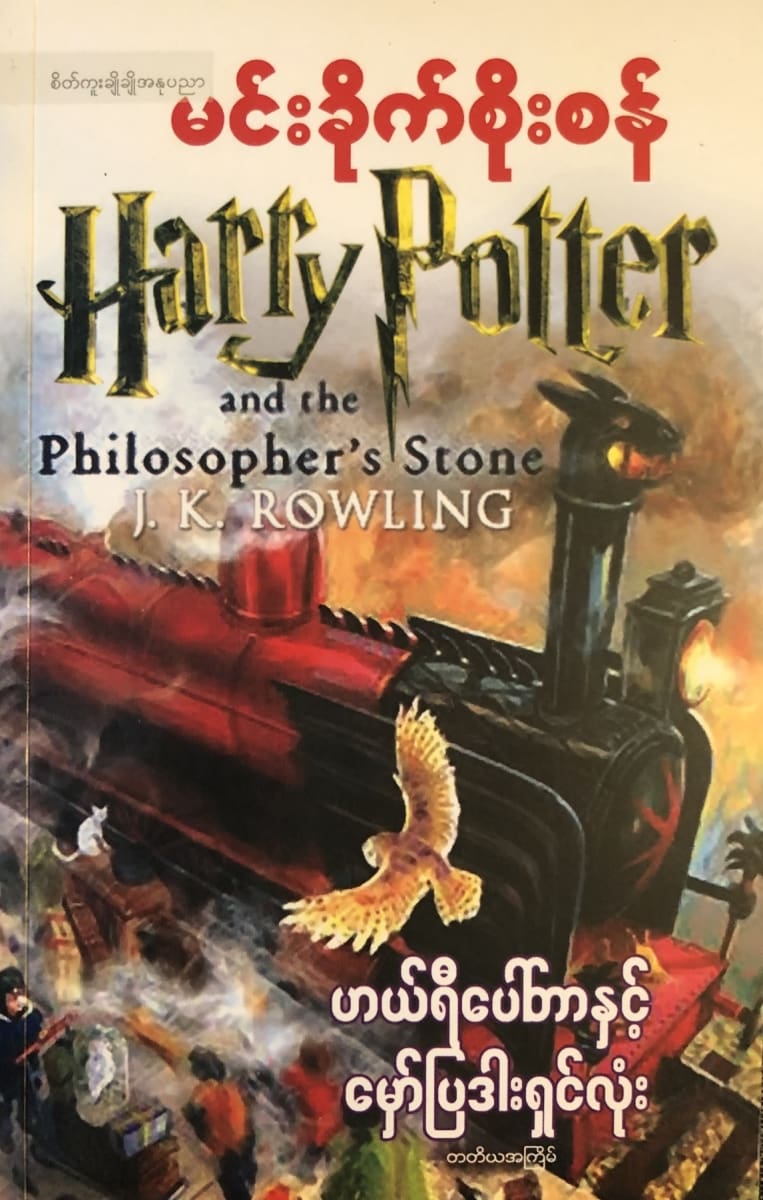
It gets more complicated: there are sources that reference two more professional, published translations of the Philosopher’s Stone. I still need to verify their existence—they’re not likely available anymore—but that would mean there are five separate Myanmar translations of Philosopher’s Stone! As far as the rest of the books are concerned, there’s still work to be done, There are probably two translations of each of books 2-6 with a third of each currently in the works. Deathly Hallows is the next most popular with four translations. Of the course of 20 years, there are different editions, covers and it appears that the same book may even have been published by different publishers. It’s truly dizzying, especially working in the Myanmar script which is … confusably loopy.
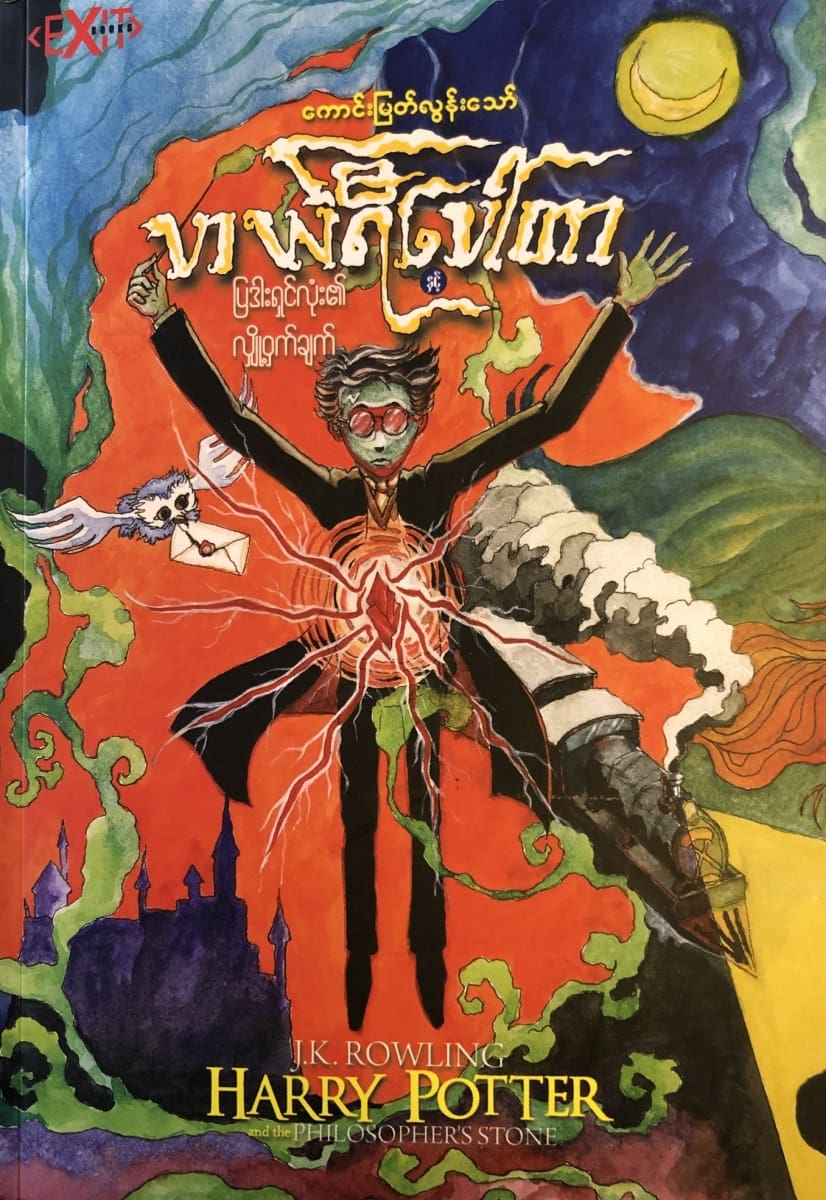
It would be reasonable to jump to the conclusion that these translations are unauthorized—and without a doubt, they are—but it doesn’t pay to jump to conclusions. Unauthorized translations have become authorized (Russian, Nepali), authorized translations can look decidedly amateurish (Farsi) and in some cases, it’s just really hard to tell (Armenian). The quality of the most recent publications doesn’t stand out as inferior to any other authorized translations. Especially the most recent translation which the publisher has claimed is authorized—it was first published in August 2019 and its unique and quite striking original cover art seems plausibly authorized, so it’s worth weighing the evidence.
With no authoritative source (dang you Blair Partnership!), there are no hard a fast rules and there are exceptions for every one of the loose ones. There was a time when we did have an authoritative source though: JK’s website had a contact list for the authorized publishers and their languages. That page was up and presumably kept up-to-date until late 2016. Since Myanmar / Burmese never appeared there, I think was can safely rule out any translations published prior to 2017. It’s probably safe to assume that if someone sought the rights to publish a translation, they would not obtain rights for later books and exclude Philosopher’s Stone. That leaves us with these three candidates:
- Kyi Kyi Mar: first published in 2002 and republished in 2019
- Min Khite Soe San: first published (2002) and republished in 2016
- Kaung Myat Loon Taw: first published in 2019
Covers
? Kyi Kyi Mar: Original cover art that is reasonably well done but low effort and uses images from the movies. Recently, in a discussion with Patricio Tarantino, author of Historia Secreta del Mundo Mágico, I learned that J.K. and the Blair Partnership approval all cover art and one of the things they reject is anything too reminiscent of the movies, even if it’s an original illustration. It seems extremely unlikely, they’d approve art lifted directly from the first film.
? Min Khite Soe San: The official cover art is a point in it’s favour; however, it’s the art from the illustrated edition, and this is not an illustrated edition. Furthermore, looking at the cover in person, compression artifacts are quite evident in the image—i.e. it was printed from a low-res jpg file, not from a print-ready file that would have been provided for an authorized publication.
✔ Khaung Myat Loon Taw: Original cover art that is consistent with what we see with other authorized publications.
? One other thing that is of note and perhaps a weak point against these translations is that the translator’s name is prominent on each—sometimes more prominent than J.K.Rowling’s. The author’s name only appears in English and not translated into Myanmar.
It’s not unheard of for the translator’s name to appear on the cover, but it is atypical. In my humble opinion, translators deserve more recognition and should be recognized, but that’s a different discussion. When translators’ names have appeared on the cover—for example. Scots, or Hawaiian—a few other things have been true as well: the name is clearly labelled as translator; the name is clearly less prominent than J.K. Rowling’s; and they have been smaller, independent publishers in minority languages.
2020-05-15 Edit: I will retract most the above statement. Many more counter examples have been pointed out to me than I seem to have recalled. It was admittedly a weak claim to begin with; now I concede that nothing meaningful can be inferred from whether or not the the translator’s name appears on the cover; the relative prominence of the translator’s name compared to J.K. Rowling’s or the absence of the author’s name entriely—I think that continues to stand as an argument point against legitimacy.
The Myanmar translations share none of those characteristics—it seems likely that the translators are highlighted in Myanmar in order to make a market distinction.
Publishing
? Kyi Kyi Mar, Min Khite San Soe: although “The Essence” is quite prominent on the Kyi Kyi Mar cover and appears like it might be a publisher, it isn’t. It’s not obvious what “The Essence” means—perhaps it’s a series or collection imprint from the publisher. Both of these books are published by the same company in fact: Seikku Cho Cho. It’s strange that the same publisher would produce competing translations by itself, but if either of them were authorized translations, it would be ridiculous—obtaining publishing rights is expensive. If a publisher were to invest in an authorized translation, they’d charge a premium price promote the hell out of it they would have no incentive to publish competition for it.
✔ Khaung Myat Loon Taw: EXIT Books is the publisher—nothing inconsistent there.
? Related to the point about Seikku Cho Cho publishing competing translations: all of these translations are freely available from the same the same vendors—online, if not in brick-and-mortar stores, although there are reports they are there too. This would simply not be true if any of them had more legal standing than the others. A publisher who had invested in publishing rights would both be promoting their translation as the only official on and doing everything they could to stamp our the others. They all appear to coexist quite happily.
? Kyi Kyi Mar, Min Khite Soe San, Khaung Myat Loon Taw: ISBNs—none of them have one. Myanmar does use them and has its own range. It is inconceivable that an authorized translation wouldn’t have one—they all do thus far, I believe. I don’t know that it is a requirement of the Blair Partnership, but I would be shocked if it was not.
Front Matter
? Kyi Kyi Mar, Min Khite Soe San, Khaung Myat Loon Taw: Take a look at the first pages of any of the translations and you find the copyright acknowledgements. For Philosopher’s Stone, it will include the fact that it was first published in 1997 by Bloomsbury and usually, even in the most exotic scripts, that appears in English (and may or may not be translated as well). None of these books have a proper copyright page which is perhaps the most damning strike against them. (OK, some how Tandis managed to get away with publishing Persian/Farsi without a proper copyright page but… exception that proves the rule?)
Conclusion
My check marks, ✔, above are perhaps a little misleading. They don’t actually indicate positive evidence in in favour of the translation being authorized—the facts are merely not inconsistent with the translation being authorized. There really is no indication that any of them are authorized and quite a few indications that they are not—in which case my official ruling (for what it’s worth) is that there are no authorized translations in Myanmar.
Coming: Part 2 in which I attempt to catalogue this ridiculously complicated array of translations
